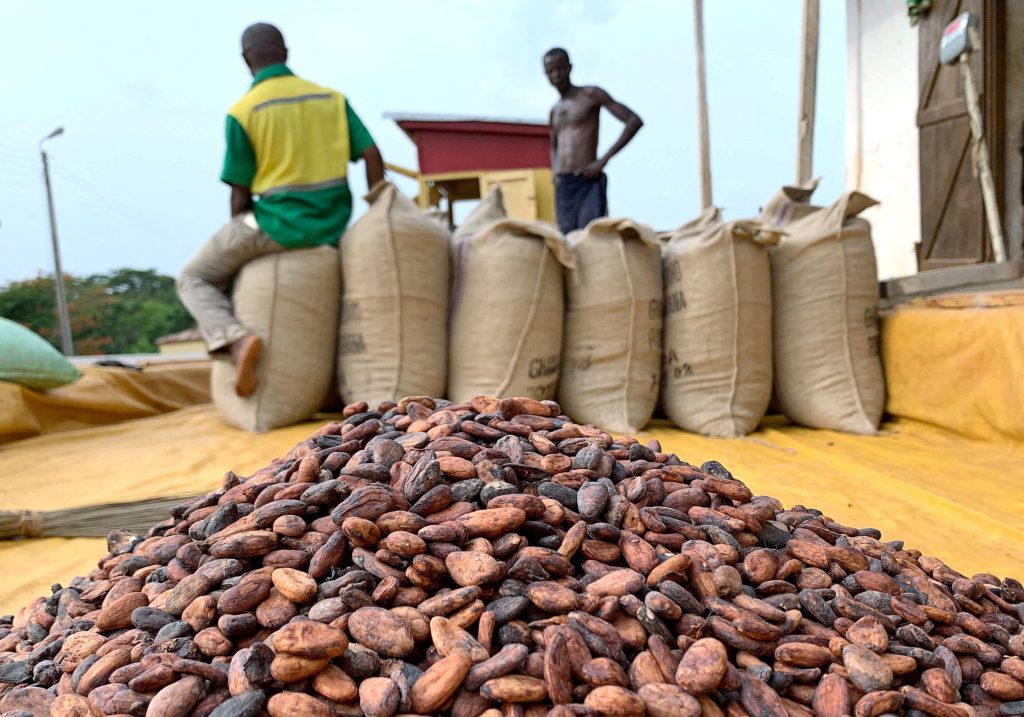According to farmers, industry officials, and environmentalists, Ghana, the world’s second-largest cocoa producer, is currently facing increasing risks to its cocoa production from illegal miners and smugglers.
The director of anti-illegal mining activities at the Ghana Cocoa Board (COCOBOD), Michael Kwarteng, has said that in the past five years, the destruction of cocoa farms by illegal miners has reached an alarming proportion. This news is coming at a time when the country is going through the most challenging economic crisis in its history.
With inflation reaching 26.4% in November and a growing number of farmers selling their lands to illegal miners, illegal mining, known by indigenes as “galamsey”, has become a crucial issue for cocoa cultivation.
The government, which buys the country’s entire production before selling it on to private companies, has agreed a 63% increase in the price paid to producers this year, but this is not enough to dissuade them from selling their land for undeclared mining. At present, it buys a tonne of cocoa from producers for $1,822.
Alongside gold and oil, cocoa cultivation is regarded as one of the pillars of the country’s economy. Due to the effect of these illicit activities, the forecast for 2023-2024 production is between 650,000 and 700,000, falling from 750,000 tonnes for the 2022-2023 harvest, and 1 million tonnes of cocoa between 2020 and 2021 according to COCOBOD.
The use of farmlands to mine the subsoil has not only caused the loss of agricultural lands but has also contributed to the pollution of rivers and water tables through the use of chemicals for extraction.
Benjamin Tei Larweh, Deputy Director of Communications at COCOBOD, says the organisation has started offering cash rewards to people who report illegal mining on cocoa land, but also bean smuggling, another problem for the sector.
“In 2022, Ghana lost around 150,000 metric tonnes of cocoa beans to smuggling with our neighbours, which represents a colossal revenue of 600 million dollars that has gone down the drain”, he explains.
Climate change has posed a huge challenge for the cocoa industry, having a major impact on cocoa growing in the country. Before the fluctuating rainfall and declining soil fertility, the six major regions in Ghana that grow cocoa beans were: East, Ashanti, Brong Ahafo, Central, Volta, and West. The western region is now Ghana’s main cocoa producer, accounting for 43% of the total.

